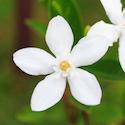Care and tips
These are all articles in the category Care and Tips
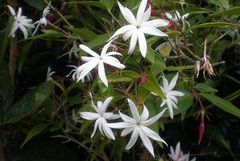
Jasminum nitidum, more commonly known as Angel wing Jasmine plant is a jasmine specie from the genus jasminum that belongs to the Oleacea family. Angel wing Jasmine is a vine native to Papua New Guinea's Admiralty Islands in the southwestern Pacific Ocean. It is an attractive and exquisite scented shrub which displays a unique type of waxy and pinwheel like flowers with an enticing fragrance. It is frequently found in urban areas or around living spaces like gardens and parks. It is used as a filler between more upright flowering shrubs, given its decorative potential. Angel wing jasmine plant is a fast growing vine that can reach the 20 meters in height. It usually displays a dark green foliage and creamy, waxy and pinwheel shaped flowers which blossom in the spring time.
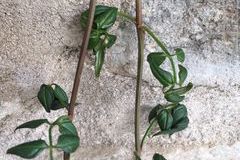
Whether you have and indoors or outdoors plant, there is nothing more satisfying than seeing our Jasmine plant healthy and flourishing with that characteristic deep green foliage, it's gorgeous creamy and scented flowers. By now, we have learnt how crucial it is to meticulously care for our Jasmine plant, as can be a tricky plant to care for, in terms of getting temperature, light, soil, and water requirements nailed down. If you neglect some of those aspects, the health of your jasmine plant, will be compromised and one of the consequences of it will manifests itself in the form of curling of its leaves. The very first thing to understand when seeing the leaves of your Jasmine plant curling up, is that your plant is not doing well. Curled up leaves is a sign of your plant being in distress, whether it is caused by an environmental stressor or a nutrient deficiency, it means your Jasmine plant needs special and immediate attention.
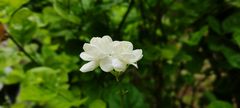
Jasmine plants may not flower due to factors like water stress, insufficient sunlight, drought stress, poor soil nutrients, improper fertilisation, and suboptimal feeding, composting, and pruning methods. Click here to read more!
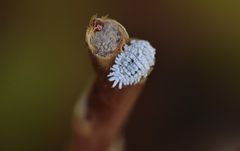
Mealybugs are one of the most common Jasmine pests. They are insects belonging to the Pseudococcidae family and Coccoidea superfamily, where also scales are part of. Their physical appearance mimics soft cotton balls, when seen from a short distance, and their bodies are oval-shaped with a soft and waxy cover. They may seem harmless, but they are actually a very harmful pest, that will slowly but progressively kill your plant by feeding on the sap of our Jasmine plant. Not only they are avid feeders of the essential juices of the Jasmine plant, but also, they are keen reproductive insects (able to reproduce asexually without mating), which will deposit thousand of eggs throughout our Jasmine plant. Their average life cycles and egg deposition ranges from 100-200 eggs in cottony egg sacs over a fortnight period. They attach their egg sacs to the leaves or flowers of the Jasmine plant. Mealybugs are bugs found in colonies spread out in the Jasmine plant, usually found in the crown of the Jasmine plant, in branch crotches, stems near the soil and between the stems and the flower buds. Mealybugs, thrive in the warm weather zones, environmental conditions that favour their feeding habits and honeydew deposits in the leaves and stems, which lead to the growth of sooty mould (just like aphids and scales do).
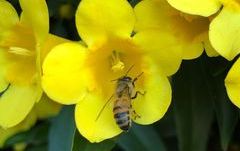
Carolina Jasmine, also known with other exquisite names, such as, Carolina jessamine, Yellow jessamine, Evening Trumpet-flower and Poor Man's Rope. Gelsemium sempervirens, it is a unique “ jasmine” type variety, with an intense sweet fragrance, vibrant yellow-flower petal tone, belonging to the genus Gelsemium from the Loganiaceae family.
